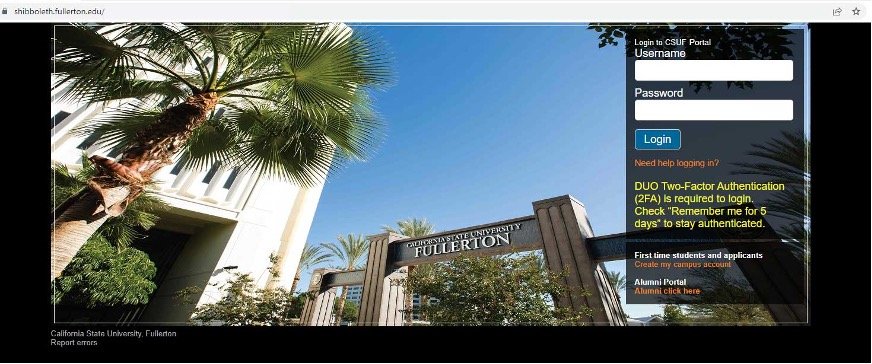In the world of industrial maintenance and infrastructure management, the inspection and maintenance of pipelines are crucial for ensuring safety, efficiency, and longevity. Traditional methods of pipe inspection often rely on manual processes that can be time-consuming, labor-intensive, and prone to human error. Enter ExtoPipe Spidet—a groundbreaking innovation in pipe inspection technology that promises to revolutionize the way we assess and maintain our pipelines. In this article, we will explore what ExtoPipe Spider is, how it works, its advantages, and its potential impact on various industries.
What is ExtoPipe Spider?
ExtoPipe Spider is an advanced robotic inspection system designed for the real-time assessment of pipelines. Utilizing cutting-edge technology, including high-definition cameras, sensors, and artificial intelligence (AI), ExtoPipe Spider can navigate through complex piping systems to detect anomalies, measure conditions, and provide comprehensive reports on the integrity of the infrastructure.
The device is typically small, lightweight, and versatile, allowing it to traverse various types of pipelines, including those with bends, twists, and other challenging configurations. This capability makes it an ideal solution for industries such as oil and gas, water utilities, and manufacturing, where the condition of pipelines is critical to operations.
How Does ExtoPipe Spider Work?
- Navigation and Mobility: ExtoPipe Spider employs a series of advanced mobility features that allow it to navigate through tight spaces and complex piping networks. Its design incorporates flexible joints and wheels that can adapt to different pipe diameters and surfaces.
- High-Definition Imaging: Equipped with high-resolution cameras, ExtoPipe Spider captures detailed images and videos of the interior surfaces of pipes. This visual data is crucial for identifying issues such as corrosion, leaks, blockages, and structural damage.
- Sensor Technology: In addition to imaging, the robot is outfitted with various sensors that can measure temperature, pressure, and other relevant factors. These measurements provide valuable insights into the operating conditions of the pipeline.
- Data Processing and Analysis: The data collected by ExtoPipe Spider is transmitted in real-time to a central processing unit where advanced algorithms and AI are used to analyze the information. This analysis helps identify potential issues and prioritize maintenance tasks.
- Reporting: After completing the inspection, ExtoPipe Spider generates detailed reports that outline the condition of the pipeline, highlight any areas of concern, and recommend next steps for maintenance or repair. These reports can be easily shared with relevant stakeholders for informed decision-making.
Advantages of ExtoPipe Spider
The ExtoPipe Spider offers numerous advantages over traditional pipe inspection methods:
- Efficiency: Traditional inspections often require significant manpower and can take days or weeks to complete. ExtoPipe Spider can conduct inspections in a fraction of the time, reducing downtime and minimizing disruption to operations.
- Cost-Effective: By streamlining the inspection process and reducing the need for manual labor, ExtoPipe Spider can lead to significant cost savings for businesses. Early detection of issues can also prevent costly repairs and emergency shutdowns.
- Enhanced Safety: Inspecting pipelines can be dangerous, especially in hazardous environments or confined spaces. ExtoPipe Spider eliminates the need for workers to enter these risky areas, thereby enhancing overall safety.
- Comprehensive Data Collection: The combination of high-definition imaging and advanced sensors allows for a thorough assessment of pipeline conditions. This wealth of data enables better-informed maintenance decisions and long-term planning.
- Real-Time Monitoring: The ability to monitor pipeline conditions in real-time allows for proactive maintenance strategies, helping to prevent issues before they escalate into significant problems.
Applications of ExtoPipe Spider
The versatility of ExtoPipe Spider allows it to be used across various industries:
- Oil and Gas: In the oil and gas sector, pipeline integrity is paramount. ExtoPipe Spider can identify leaks, corrosion, and other issues that could lead to environmental hazards or production losses.
- Water Utilities: For water utilities, maintaining the integrity of water distribution networks is essential. The ExtoPipe Spider can inspect water pipes for leaks and blockages, ensuring the reliability of the water supply.
- Manufacturing: Many manufacturing processes rely on complex piping systems for transporting materials. Regular inspections with ExtoPipe Spider can help maintain operational efficiency and prevent costly downtime.
- Wastewater Management: In wastewater treatment facilities, monitoring pipelines is critical to ensuring effective treatment processes. ExtoPipe Spider can assess the condition of sewage lines and other infrastructure, contributing to better waste management.
- Construction: During construction projects, the ExtoPipe Spider can be used to inspect newly installed pipelines, ensuring they meet safety and quality standards before they are put into operation.
The Future of Pipeline Inspection Technology
As industries continue to evolve and the demand for efficient infrastructure management grows, technologies like ExtoPipe Spider will play an increasingly vital role in ensuring pipeline integrity. The potential for integration with other technologies, such as the Internet of Things (IoT) and machine learning, opens up exciting possibilities for the future.
- IoT Integration: By connecting ExtoPipe Spider to IoT systems, real-time data can be continuously monitored and analyzed. This integration could lead to smarter maintenance schedules and predictive analytics, further enhancing pipeline management.
- Machine Learning Algorithms: With advancements in machine learning, ExtoPipe Spider could improve its analysis capabilities over time. By learning from previous inspections, it can become better at identifying potential issues and providing actionable insights.
- Environmental Monitoring: As sustainability becomes a priority across industries, ExtoPipe Spider could be equipped with additional sensors to monitor environmental factors, such as emissions and leaks, contributing to more responsible resource management.
Conclusion
ExtoPipe Spider represents a significant advancement in pipe inspection technology, offering a more efficient, cost-effective, and safer alternative to traditional methods. With its ability to navigate complex piping systems, capture high-quality data, and provide actionable insights, ExtoPipe Spider is poised to transform how industries approach pipeline maintenance and management.
As the need for reliable infrastructure management continues to grow, innovations like ExtoPipe Spider will play a crucial role in ensuring the safety and efficiency of our pipelines. By embracing this technology, companies can not only improve their operational performance but also contribute to a more sustainable and responsible approach to resource management. The future of pipeline inspection is here, and it is embodied in the ExtoPipe Spider.



